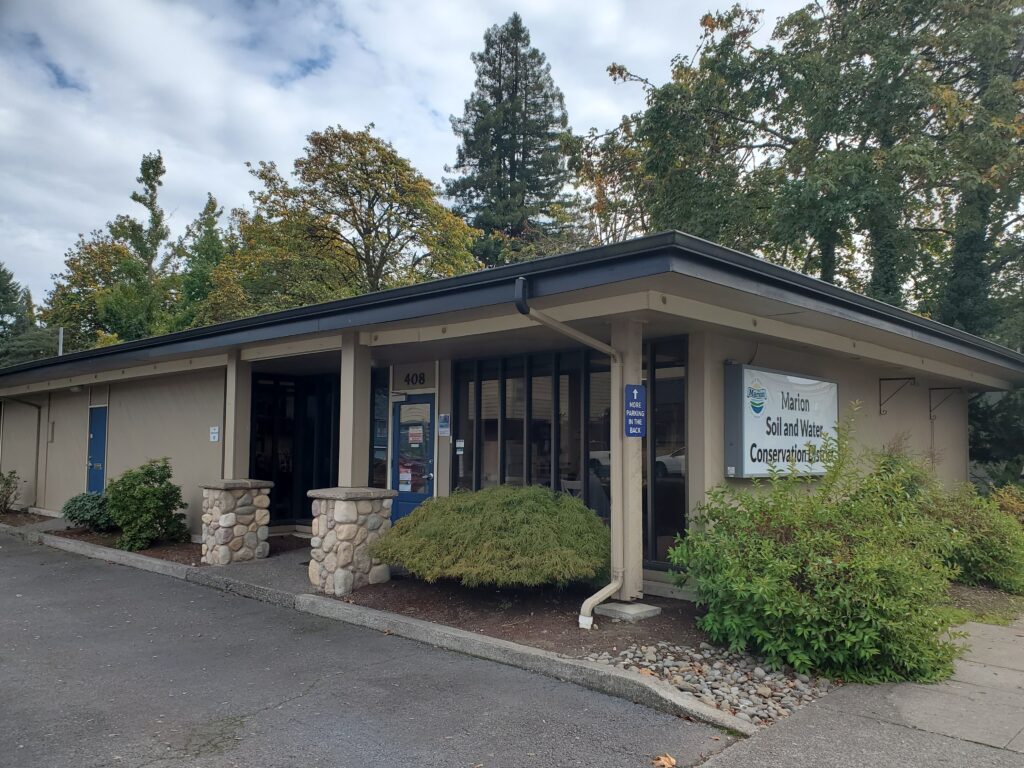National
In the 1930s, the farmlands of the Great Plains experienced a six-year drought that turned prairies into deserts and blew topsoil away in deadly dust storms. On May 12, 1934, High Hammond Bennett, the “father of Soil Conservation,” was presenting testimony to the US Senate. As the room darkened, Bennett draw the committee’s attention to the window to observe the dust storm that travelled all the way from Kansas to D.C. In response, the Soil Conservation Service was established within the USDA through the Soil Conservation Act – by unanimous vote!
The Soil Conservation Service was charged with developing a program to conserve and enhance the nation’s soil and water resources. At first, it was thought the federal government, through the Soil Conservation Service, could manage the nationwide program, but during the initial two years it became apparent that the task needed local support and direction. In 1937, President Roosevelt asked all state governors to promote legislation to allow the formation of soil conservation districts. This began a partnership that continues today.
Franklin Delano RooseveltThe nation that destroys its soil destroys itself.
Oregon
Oregon passed soil conservation district legislation in 1939 organizing the Oregon Soil Conservation Committee. This committee is now called the Soil and Water Conservation Commission (SWCC). The SWCC provides direction and assistance to individual districts and helps coordinate their efforts.
The South Tillamook Soil Conservation District was the first district formed in Oregon. It was officially organized on Feb, 10, 1940. Since then, many other districts have formed, consolidated with other districts, redefined their boundaries and now are represented in every county of the state. In 1963, the Oregon Legislature added “water” to the name of Soil Conservation Districts. Today there are 45 districts in Oregon.
Local
In Marion County, three conservation districts were organized between 1947 and 1953 in response to public demand. The three conservation districts had offices in Stayton, Silverton and Mt. Angel; the Santiam SWCD hearing was held in Aumsville on May 29, 1947; the Silver Creek on April 23, 1948 and Mt. Angel on March 16, 1953. The districts were organized to work on problems associated with flood control, riverbank stabilization, weed control, improvement of fertility and any other problems effecting the best use of land and water resources within Marion County.
After lengthy deliberation the three districts decided to consolidate. A certificate of organization was issued by the Secretary of State on September 10, 1971 for the Marion Soil and Water Conservation District. The mission of the Marion Soil and Water Conservation District is to protect, conserve and improve the quality of soil and water in Marion County through planning, technical assistance, and education.
Marion SWCD received a tax base in the year 2000. In July of 2021, the Marion SWCD purchased its own office building in Stayton, Oregon.

